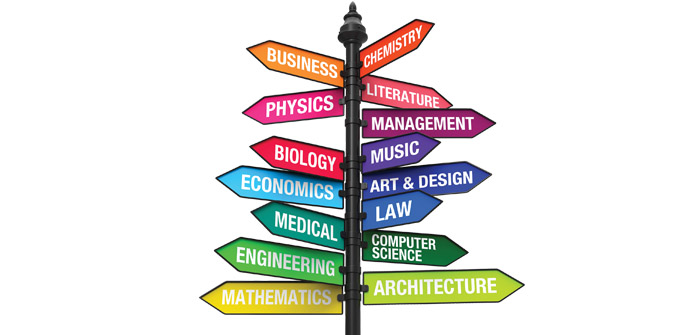If you’re like most entrepreneurs, you are likely to be asked to speak in public—some of you often. Few things are worse than accepting such an invitation, and then appearing to be unprepared. Thus, planning an effective presentation is probably the most important part of the presentation process. Many of us have suffered through boring, poorly organized, and poorly planned presentations. Yours does not have to fall into that category.
Planning for different types of audiences. It should come as no surprise that the first step in planning a presentation is to consider your audience. Who is listening to you? In audience analysis, consider the following questions:
• How much technical expertise will your audience have on your topic? Should you write your talk for an audience familiar with your topic, or less familiar?
• How many people will be present? Will there be a large audience of people you’ve never met, or a small crowd of your employees?
• Will this presentation be formal or informal? In general, larger audiences are more formal. This is not always the case, however. You may have a large audience of community members looking forward to an informal talk. You may also find yourself speaking to a very small group of executive officers or prospective customers from overseas who are expecting a very formal presentation.
• How will the audience likely receive your talk? Will they be interested and friendly (because they are already convinced)? Will they be neutral and polite (because they are mostly indifferent)? Will they be critical (because they are hostile toward you or your message)?
The answers to the first two questions above should be fairly straightforward. You should be able to find this information from the person arranging for the presentation. If you are the one arranging for the presentation to be held, you only have to decide how formal or informal to make it; you’ll already know about the level of expertise of the audience.
The third question above may not be as easy to answer. In some cases—say you are holding an informational meeting with employees who are about to be laid off—you can guess what the audience reaction will be. In general, in preparing for your audience:
• A warm and friendly audience will respond well to a relaxed presentation with light humor, anecdotes, and examples to illustrate
your points.
• A neutral audience will respond to a pleasant but somewhat more formal presentation. Include facts and figures to explain your points, and use visual aids to illustrate your information.
• With a hostile audience, present the facts and figures in a calm and controlled way. Include opinions and data from credible and trustworthy experts. Losing control and responding to hostility with anger seldom gets the results you want.
Planning major points. How many major points will you have? Most audiences can listen attentively for 20 minutes or so. During that time, you will probably be able to present only one key point. For a longer presentation, aim for three key points.
Some presentations are much longer than 20 minutes. You may giving a training session at your workplace that lasts a half-day, full-day, or even spans several days. In that case, break each long time period into chunks. After 20 minutes or so, have the audience do something active to reinforce the points they are learning: Discuss them with you or each other, or complete a group activity, for example.
Planning a resounding conclusion. Although you know how far you’ve gotten through your notes, your audience will not. They may become most alert when they know you are wrapping up. While planning your conclusion, watch for these factors:
• Give verbal cues that your presentation is nearing its end. Re-state your main points during your advertised conclusion. Say something like “As we’ve learned today,…” or “My final point is…” or “To summarize,…” or “In closing, …” to let listeners know you are ending your talk.
• End with an attention-catching story or quote, as you did in your introduction.
• Avoid rushing through your conclusion in your eagerness to get out of the spotlight.
• Avoid weak endings such as “Well, that’s all I have to say,” or “I guess I’m finished now,” or “Okay, um, that’s all.”
• If you have prepared summary handouts, give them out now. If you give out handouts at the beginning of your talk, you will lose your audience’s attention while they read through the handout instead of listening to you. If you are making outlines or handouts available electronically, give that information now. Many listeners prefer e-handouts they can download when they want to, and won’t have to carry around.
With these little tips, your next business presentation should be a least a bit more effective, and you, more confident in your preparedness.
Lowell Lamberton is professor of business at Central Oregon Community College. For more information, feel free to contact Professor Lamberton at 541-383-7714 or llamberton@cocc.edu




